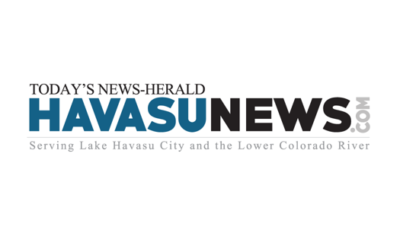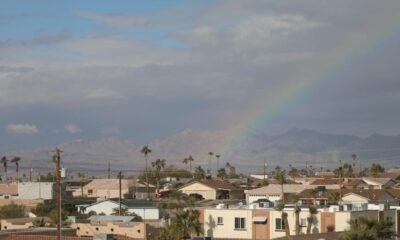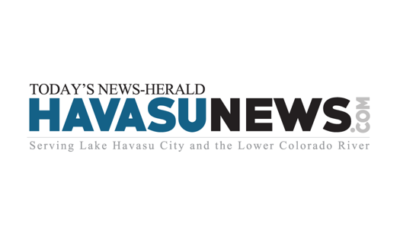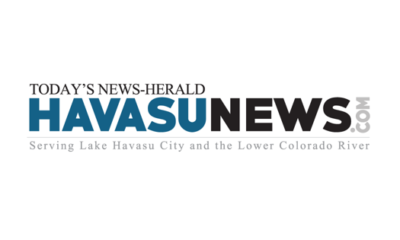arizona
The City of Page Strikes Gold with New Horseshoe Bend Parking Lot

The City of Page, which owns the parking lot and most of the trail at one of the Southwest’s most photographed locations, has pocketed $20.3 million since 2019.
PAGE, Ariz. — If you plan on visiting the most famous and photographed river bend in the Southwest, pack sunscreen, water, and some money.
A picture may be worth a thousand words and one at Horseshoe Bend will cost you $10.
Gone are the days of free parking or parking along the shoulder of Highway 89. There are signs and barriers to prevent that.
“It became very, very unsafe,” said Page Mayor Bill Diak.
Prohibiting it has also become profitable. The City of Page, which owns the parking lot and most of the trail at one of the Southwest’s most photographed locations, has pocketed $20.3 million since it started charging fees in 2019, according to documents obtained via a 12News public records request.
The profit started with social media. “Back in 2010, we were only seeing about 40,000 people [per year] out here,” Diak said. “But what happened was that selfie went around the world and from one year to the next it went from like 40,000 to over 1.2 million [people] in one year.”
Social media brought global attention to Horseshoe Bend. Last year, Page, Lake Powell, and the Glen Canyon National Recreation Area drew more visitors than the Grand Canyon.
However, more tourists brought more problems. The Horseshoe Bend overlook took a beating. The previous trail from the parking lot was steep, and visitors often created their own paths to the canyon edge. There were no bathrooms, leading to unsanitary conditions.
“As it got more popular, we decided we needed to protect the area,” said Diak.
In 2019, the City of Page teamed up with the National Park Service to improve the area’s infrastructure. They created a new ADA-accessible trail that avoids the steep hill.
“You can come out here in a wheelchair, you can come out here in an electric chair, it’s very accessible,” Diak said. Pit toilets were also installed in the parking lot.
The improvements came with significant costs. Expenses since 2019 included trail design and construction, parking lot paving, fee booths, gates, shade structures, signage, equipment, and employee salaries and benefits. The National Park Service, which owns some of the land, receives about 20 percent of the revenue.
Between January 2019 and May 2024, the City of Page spent:
- $2.02 million on employee salaries and overtime
- $378,093 on employee medical insurance
- $102,188 on operational supplies
- $283,038 on bank processing fees
- $2,158,532 on contract services
- $175,629 on maintenance
- $633,641 on interest
Total expenditures at Horseshoe Bend amounted to $16.1 million, including $5.2 million reimbursed to the city’s general fund and $2.68 million allocated to the capital fund.
“We pay over $250,000 a year just to pump the toilets,” Diak said.
Phase three upgrades will add power and running water. The project is still a few years away, but once it is completed, the city may lower the parking fee to cover only operational expenses.
“There are a lot of horseshoe bends on the Colorado River, but it is all about accessibility,” Diak remarked. “This is so accessible, and it has a special view.”


















